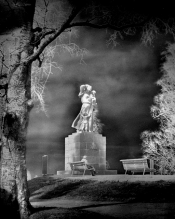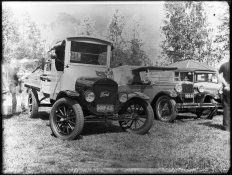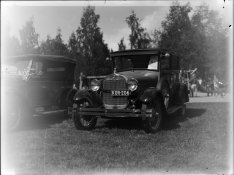JensH
Member
Really impressed with your results using vintage glass plates.
I am looking to do a session using the following plates (see attatched) I got from auction and thought I'd ask for any advice in using them in both the studio and outside.
Any advice in what best chemistry for developing, times of exposure and developments would be really useful as I'm a bit of a novice.
Also do you think i could use the kodak B40 plates in the rolleiflex holder?
Thanks
CloudrootView attachment 185848 View attachment 185849 View attachment 185850
Hi,
yes they should fit in the Rolleiflex plate holders, those were made for 6.5 cm x 9 cm what is practically the same as 2.5" x 3.5".
I've used many (over 120 yet) pre 1945 plates for a microscope project (https://www.flickr.com/photos/136145166@N02/albums/72157686135321996. I was surprised how well they worked.

When I get unknown plates, my starting point is exposing a single plate at ISO 0 and developing 4 minutes (for fine grained plates) to 7 minutes (for ultra rapid plates or somesuch) in Rodinal 1:50 at 18°C in a tray.
Note that even plates of that age are sometimes panchromatic and have to be developed in the dark (not in red savelight).
Have fun
Jens
Last edited:












 and probably expose 10x what i should
and probably expose 10x what i should 



